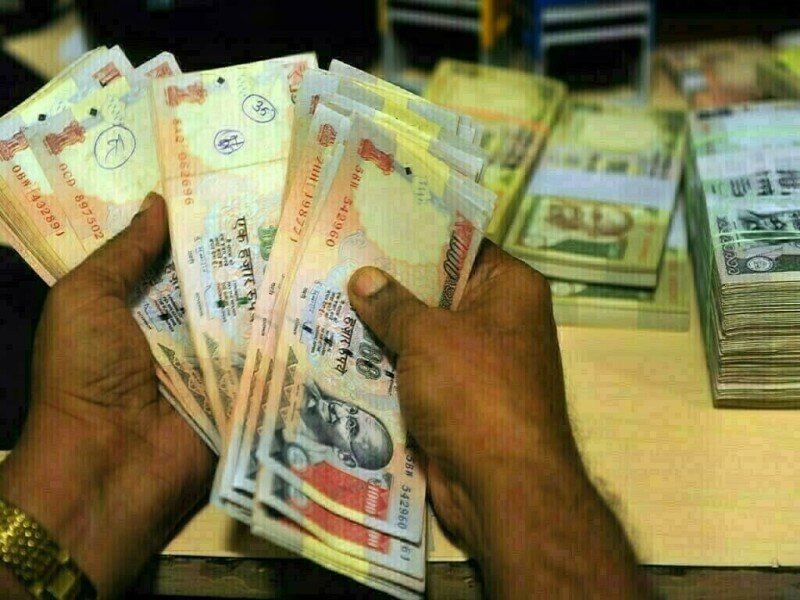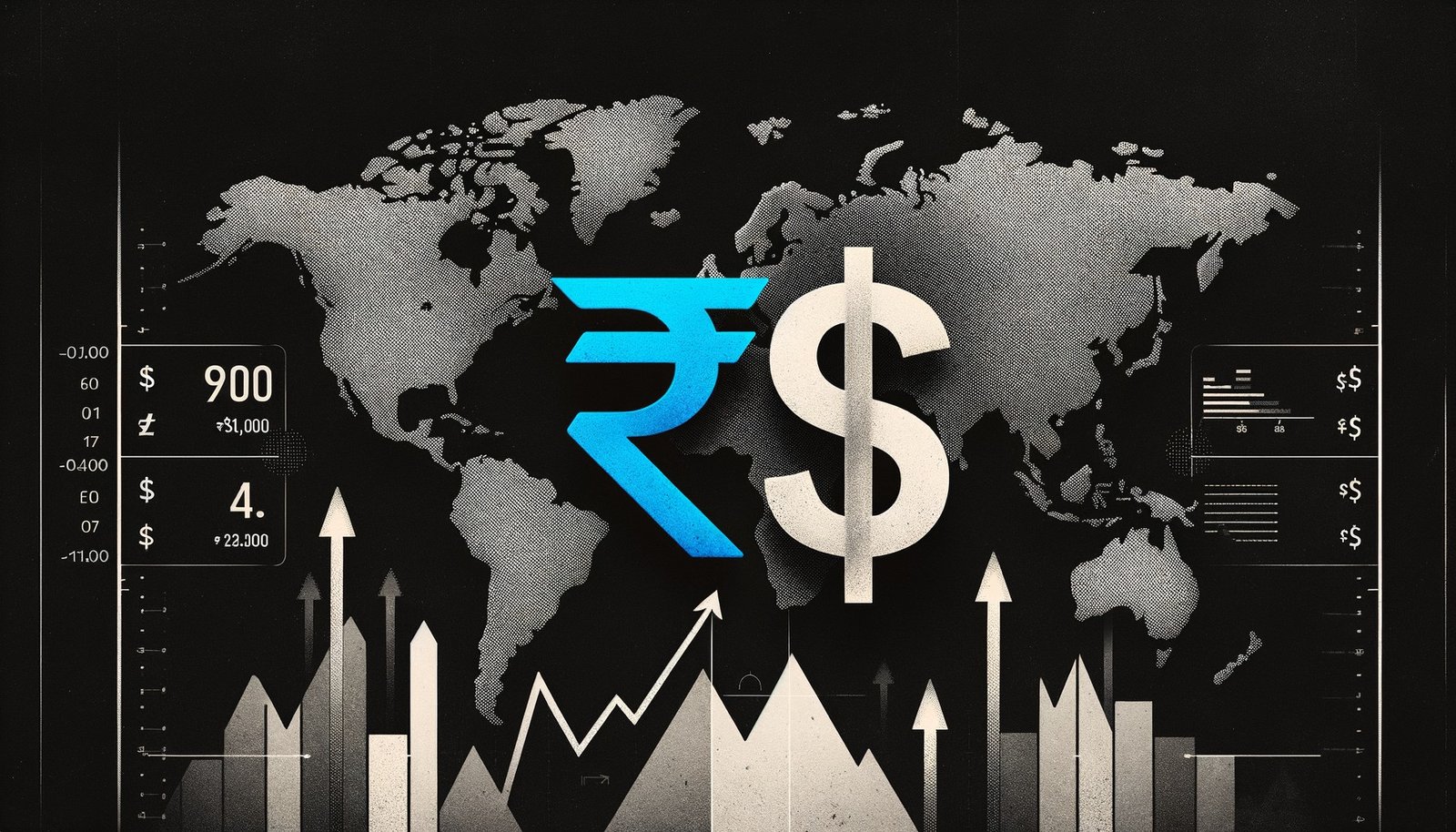What’s going on here?
The Indian rupee is projected to drop to a lifetime low against the US dollar, expected to open at 83.68-83.70, surpassing its previous low of 83.6650 recorded in June.
What does this mean?
With the rupee teetering on the brink, the Reserve Bank of India (RBI) might step in to stabilize the currency and prevent it from hitting a new low. Early intervention by the RBI in the non-deliverable forward (NDF) market could lead to a narrow trading session, while a no-show could result in a volatile day. Dollar demand from public sector banks for oil and defense payments has been a significant pressure on the rupee. Meanwhile, most Asian currencies are also feeling the heat as the offshore Chinese yuan fell past 7.2900 to the dollar after China cut its benchmark lending rates.
Why should I care?
For markets: Volatility ahead for the rupee.
If the RBI abstains from intervening before the market opens, expect a tumultuous trading day with the rupee possibly hitting new lows. The one-month non-deliverable rupee forward is already at 83.77, and the onshore one-month forward premium is at 7 paisa. Adding to market volatility, Brent crude futures are up 0.4% to $82.9 per barrel, and the ten-year US Treasury note yield stands at 4.23%. Foreign investors bought a notable net $604.1 million worth of Indian shares and $350.5 million worth of Indian bonds on July 18, indicating sustained interest, despite the current currency woes.
The bigger picture: A regional ripple effect.
The rupee is not alone; most Asian currencies are reflecting weaker sentiments, partly due to global economic pressures. President Joe Biden’s decision to drop out of the presidential race was largely ignored by Asian markets, according to Chris Weston from Pepperstone. This regional weakness highlights how interconnected global markets are, with shifts in one region often causing ripples across others. The dollar index climbing to 104.29 underscores the strengthening of the greenback, which is adding further pressure on emerging market currencies like the rupee.







